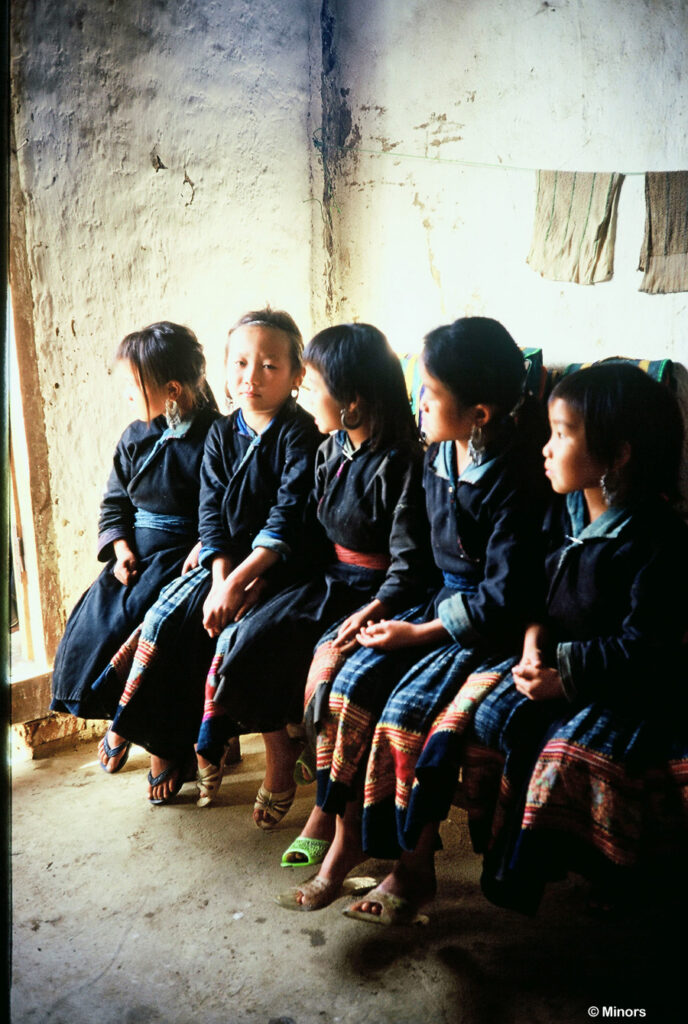First Girls
“Minors' projects have consistently resulted in getting more girls from distant mountain villages to come to school.”
-Mr. Nguyen Vuong Hung, Deputy Head, Division of Education and Training at Phong Tho District, of Lai Chau Province
In past years, most remote commune boarding schools in Viet Nam which serve children from the most distant mountain villages had only boys boarding, if anyone at all, as conditions were very severe.
Every now and then we would come to schools where a few brave girls came to board as well, sometimes only one or two; the first girls from their village to go off to school. Some walked several days to get there.
These girls were the first girls from their remote villages to come to boarding schools, because of the basic dormitories that Minors was able to provide for them.
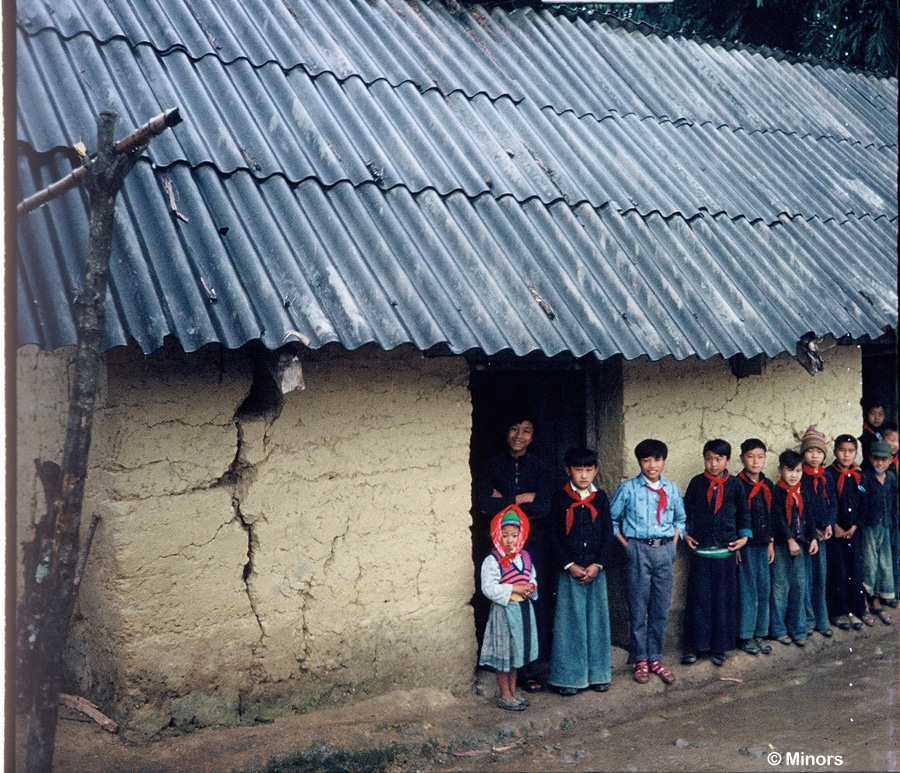
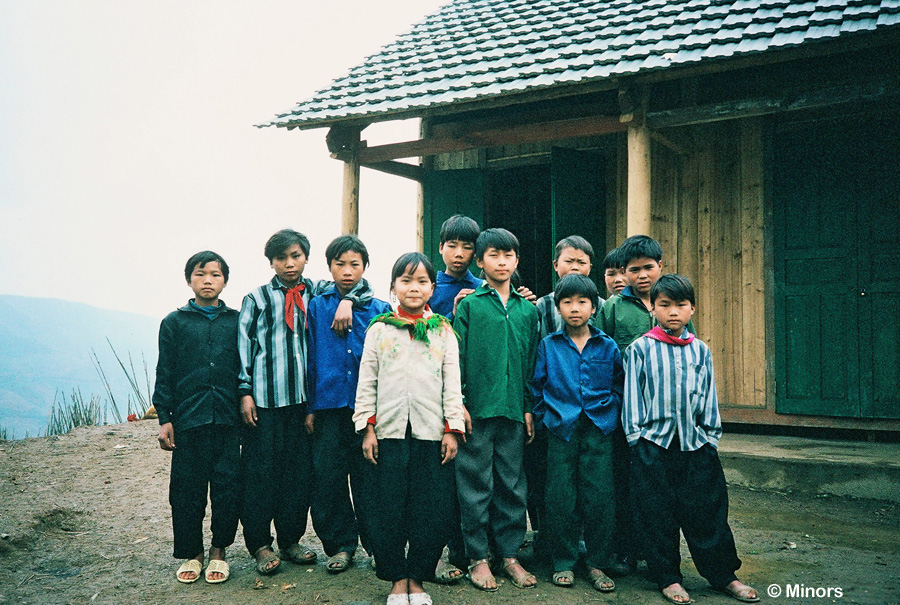
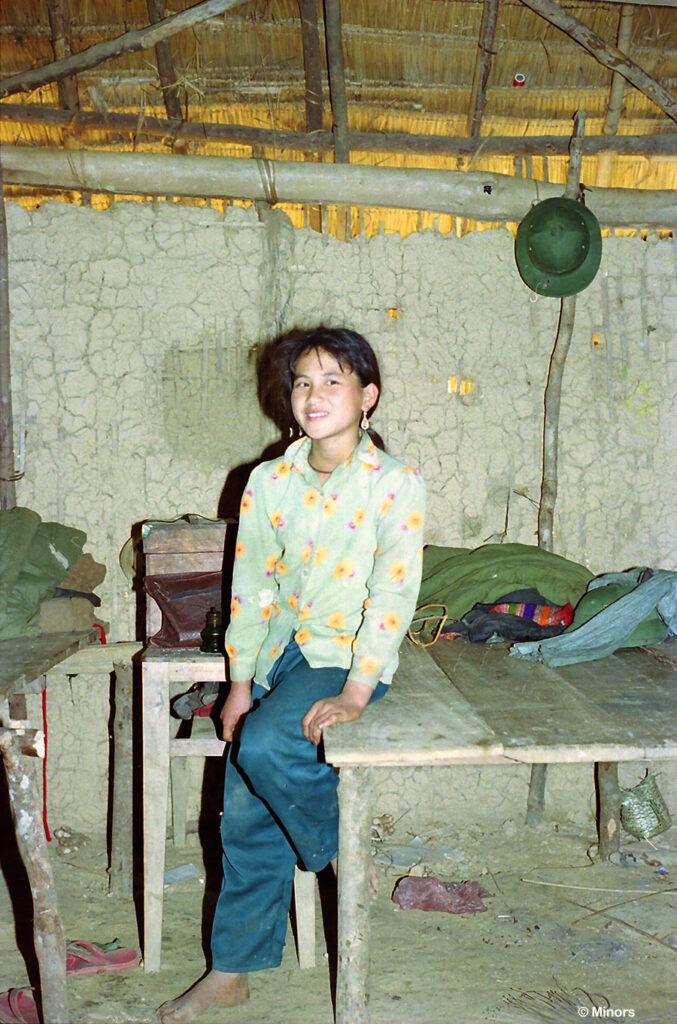
Pioneer Girls:
These were not only the first girls from their villages to attend school, but were the only girls boarding at these schools in Dien Bien, Ha Giang and Lai Chau provinces.
They had each joined their brothers and cousins to come to board at the schools; in their second year these pioneers joined by more girls from their villages.
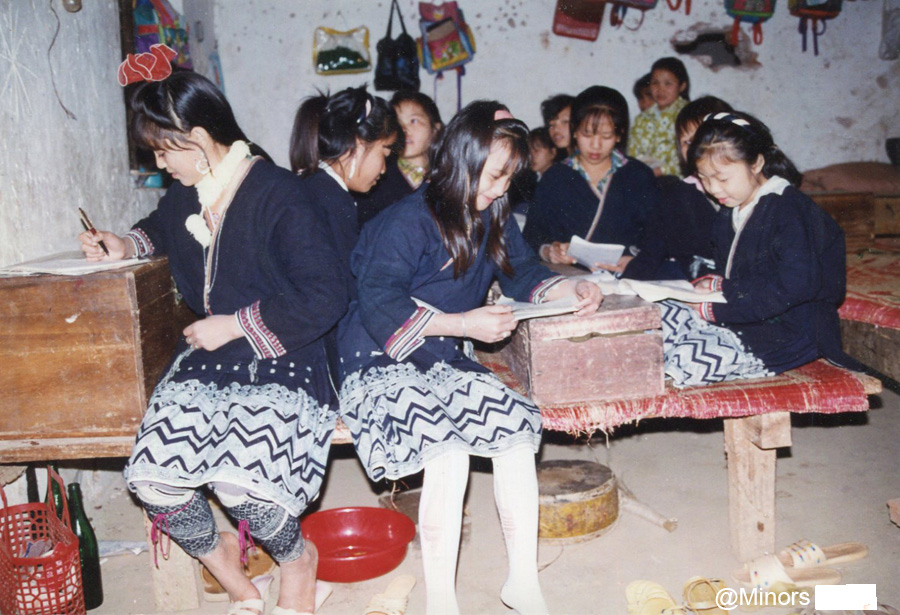
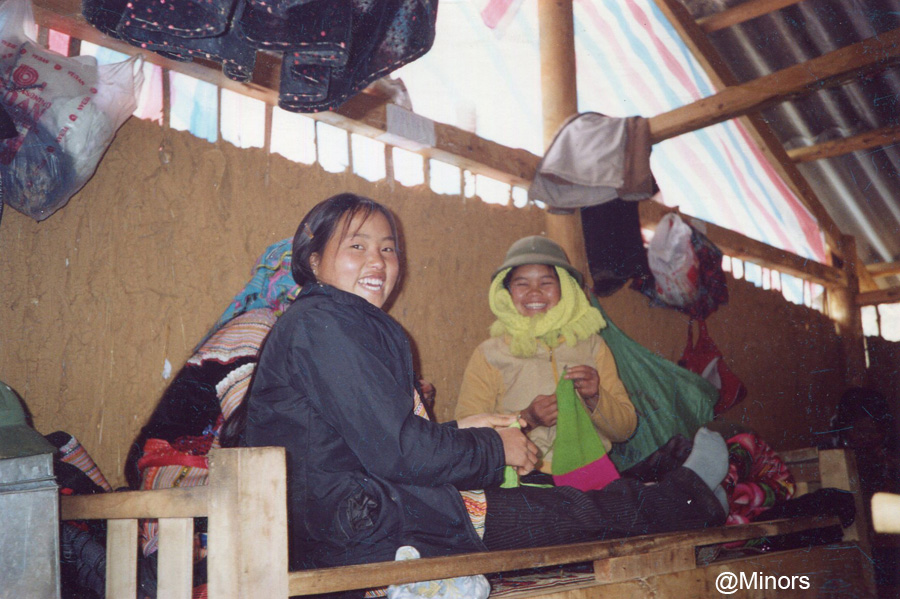
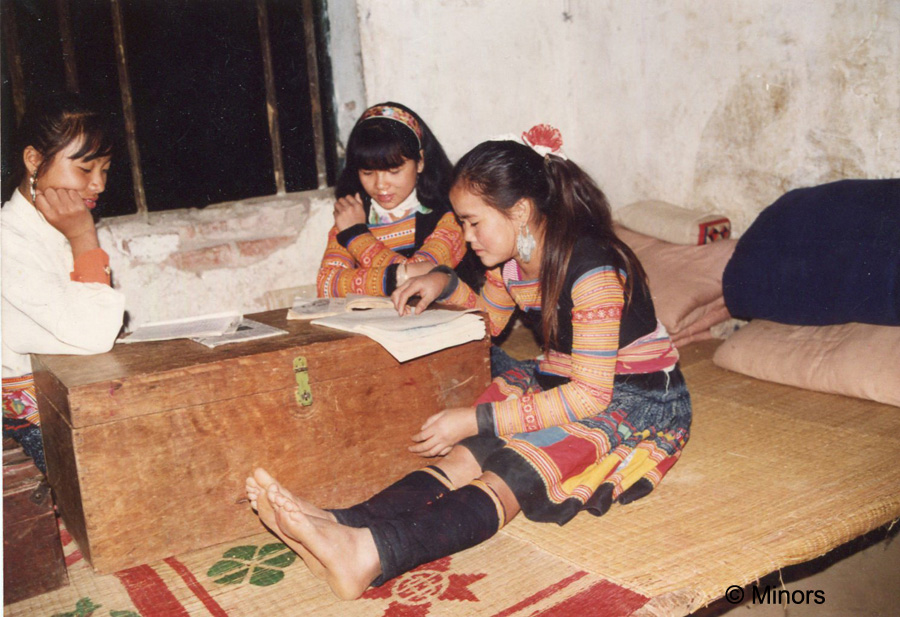
In many dorms, there's no tables or desks for the boarding students. Therefore, they have to study on where they sleep.
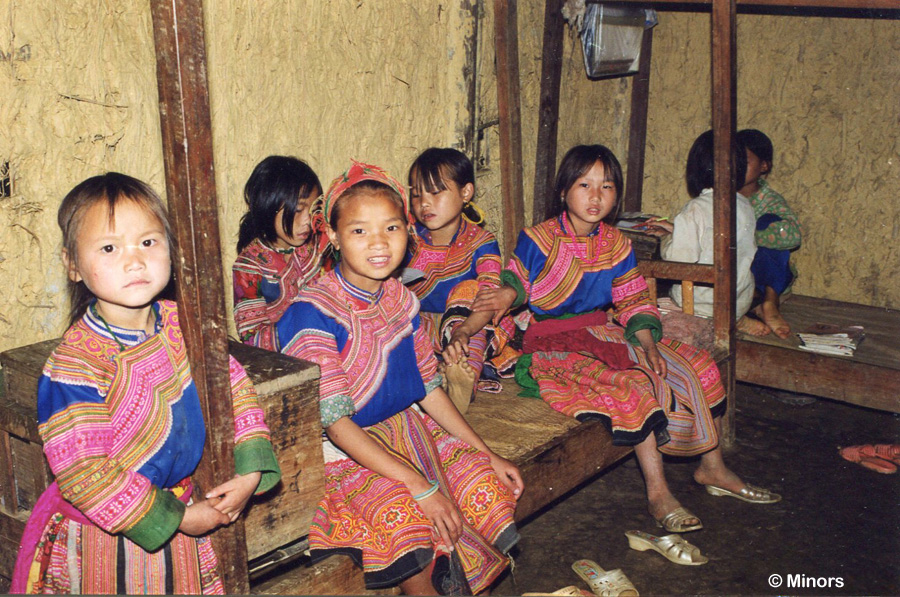
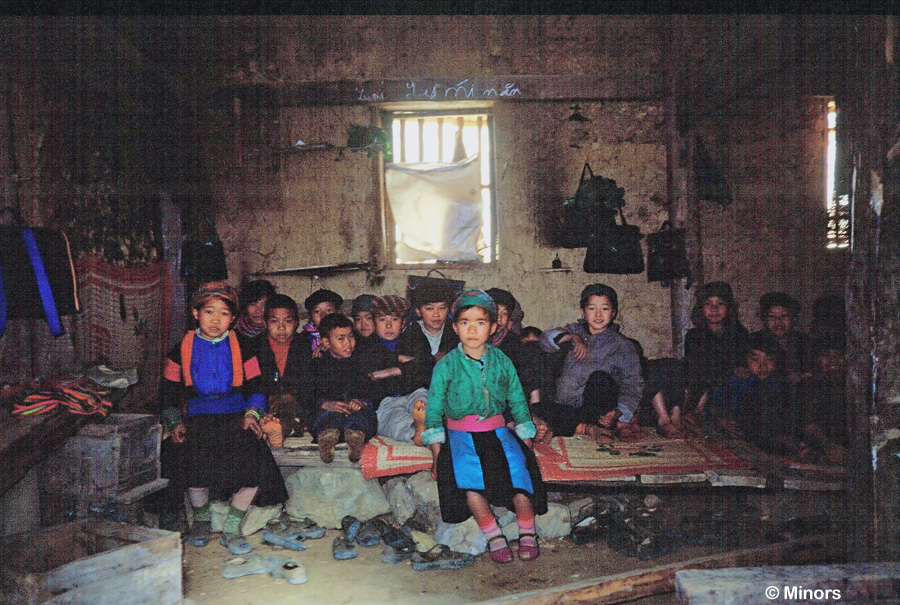
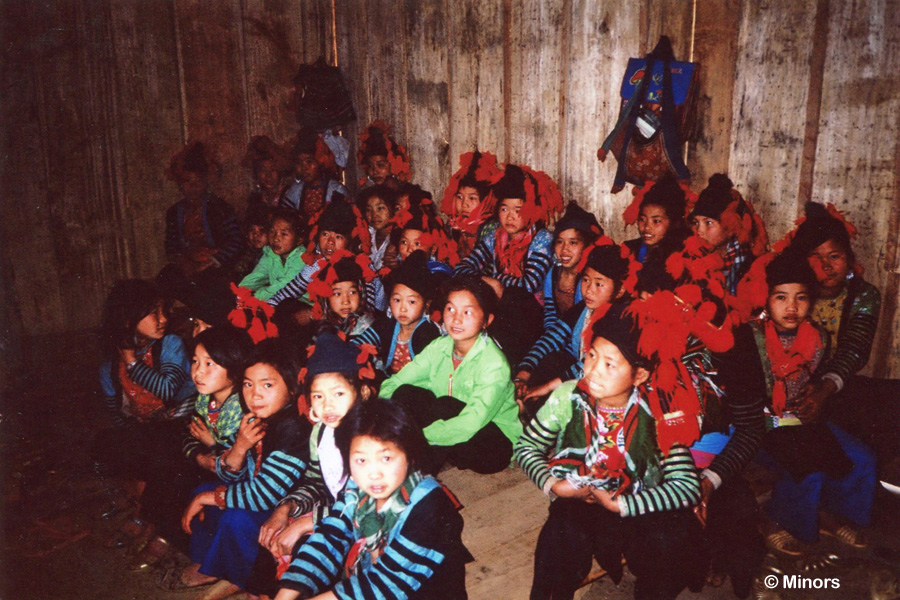
Crowded conditions. These boarding students are sitting where they sleep and study. The dormitory in the center picture is just one room shed for all the students. The students on the right sleep on the floor.
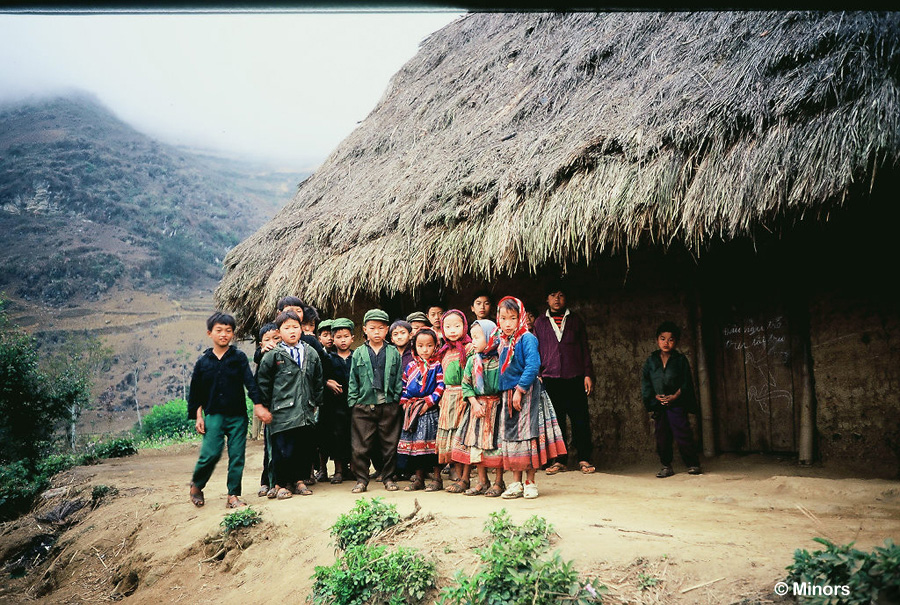
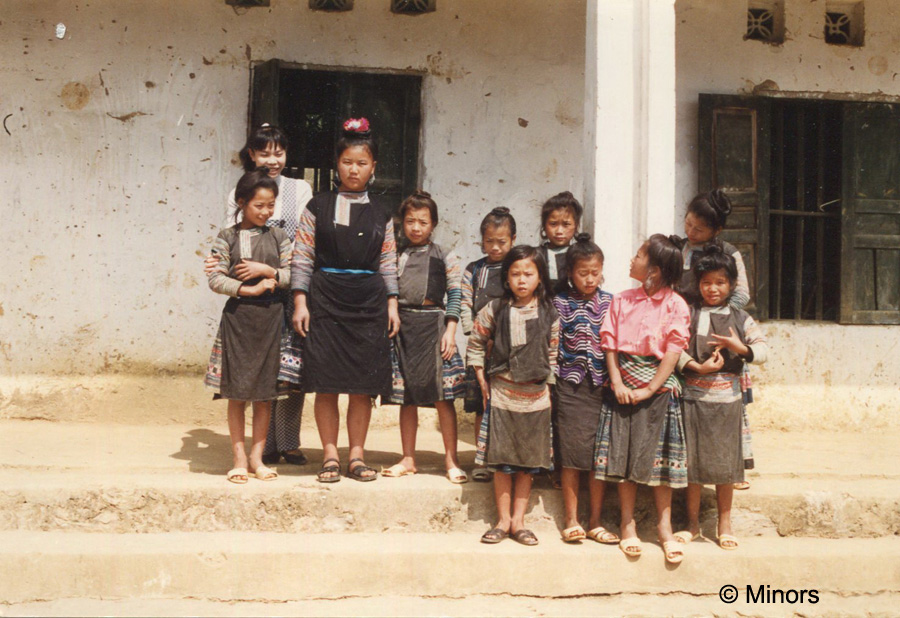
Left: A dormitory for students built by their teachers and the school's neighbors.
Right: Girl boarders in front of their classroom, which is where they slept as well.
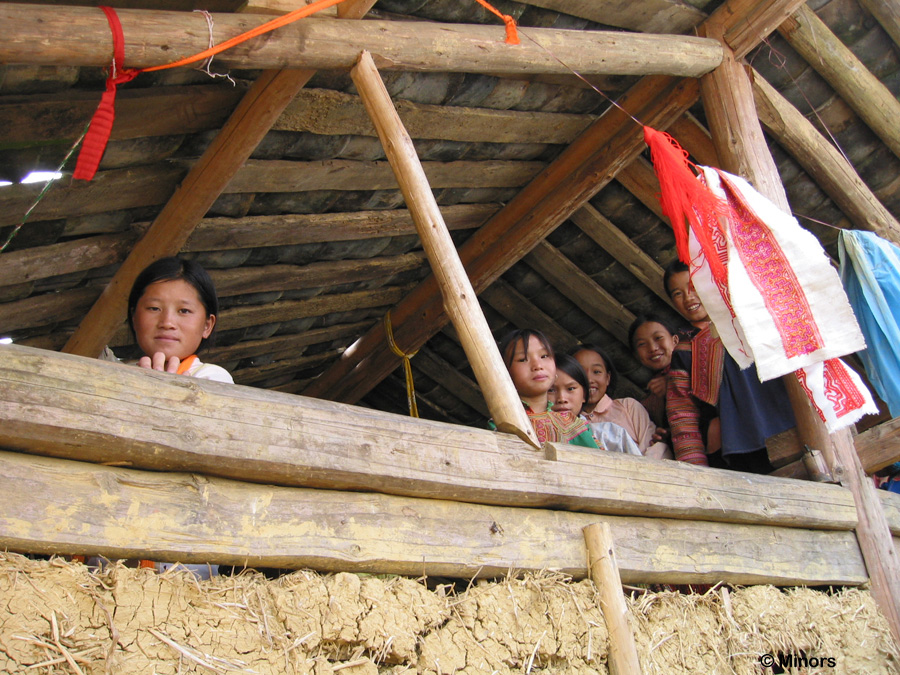
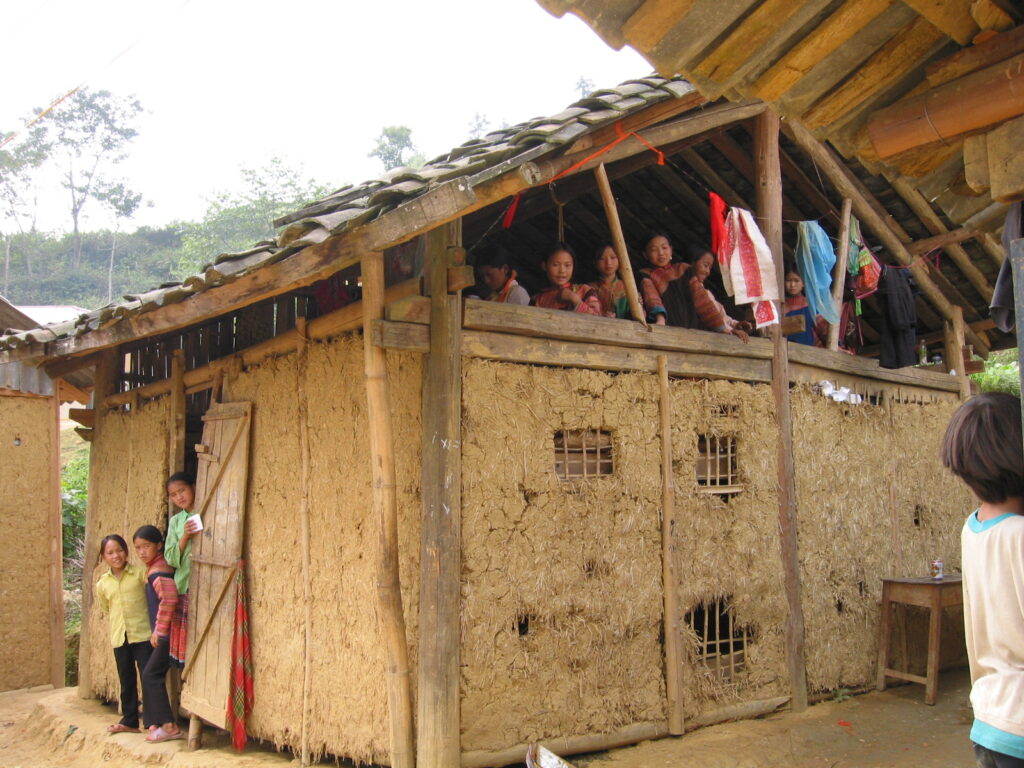
This is the dorm the parents built for the boarding students, so their children can board and attend school. This dorm was built for Hmong and Ha Nhi girls.
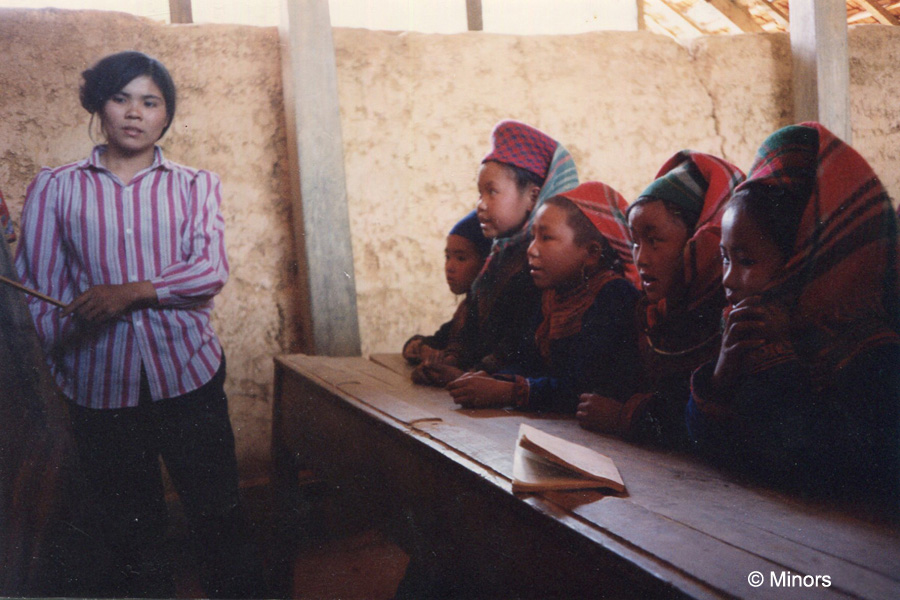
These five girls came from their village with just one notebook between them, but were intent on learning.
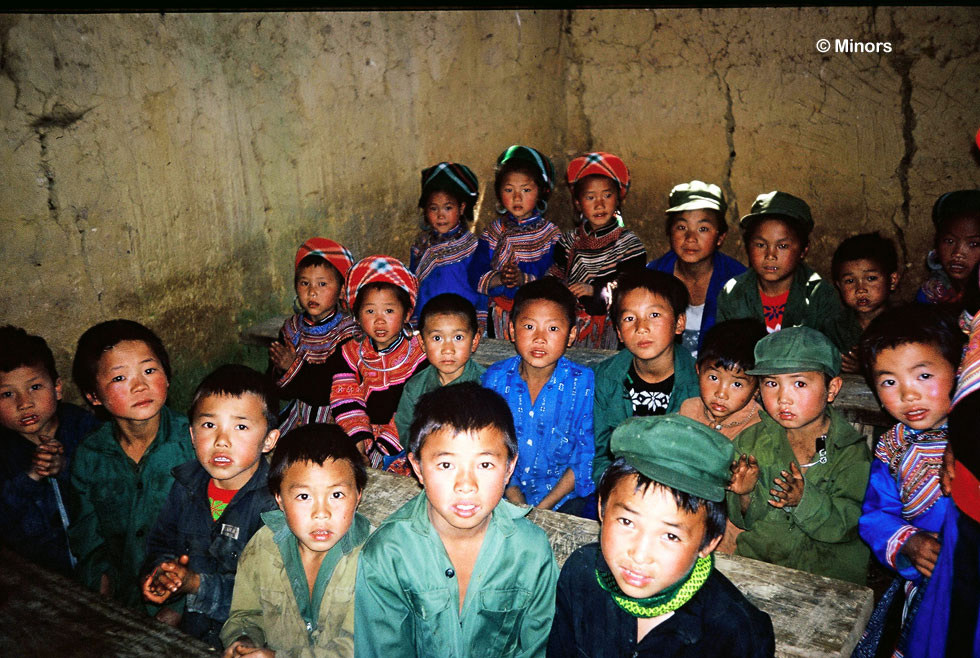
New students take the back seats, if any.
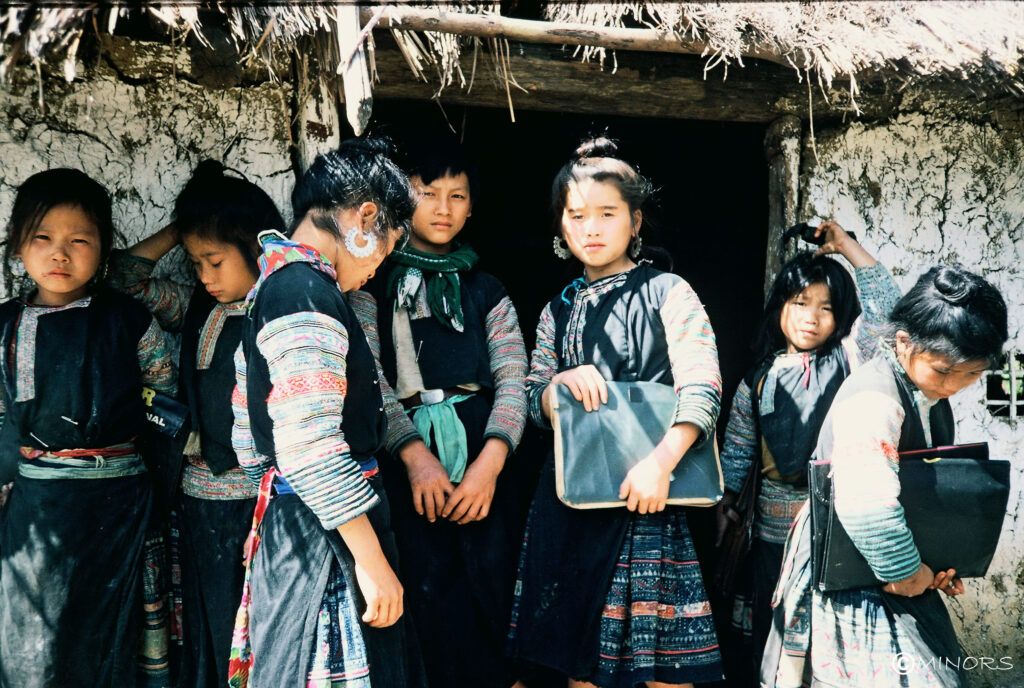
Boarding students warm up in the morning sun before class.
